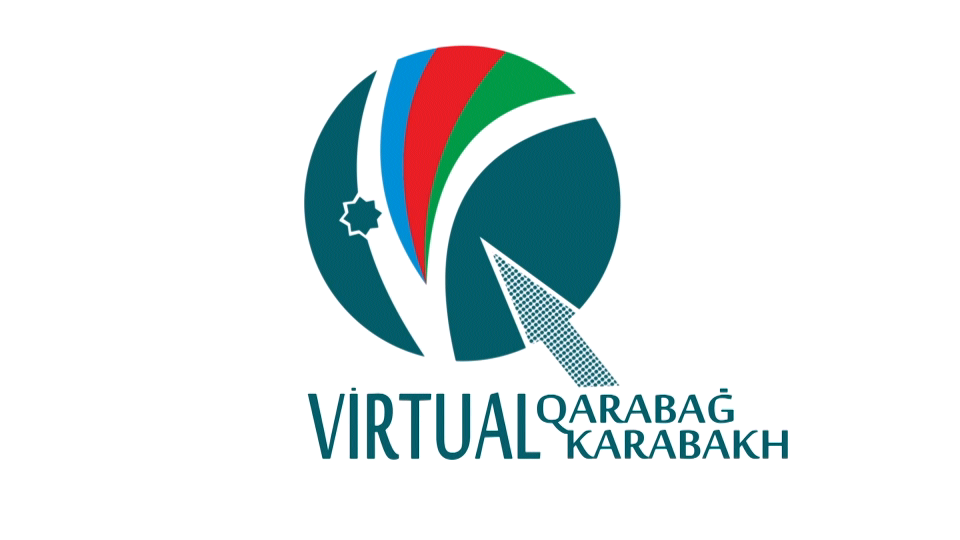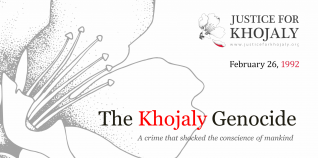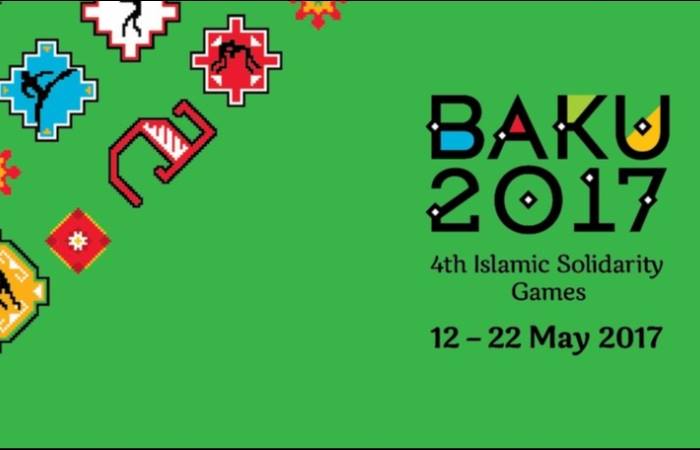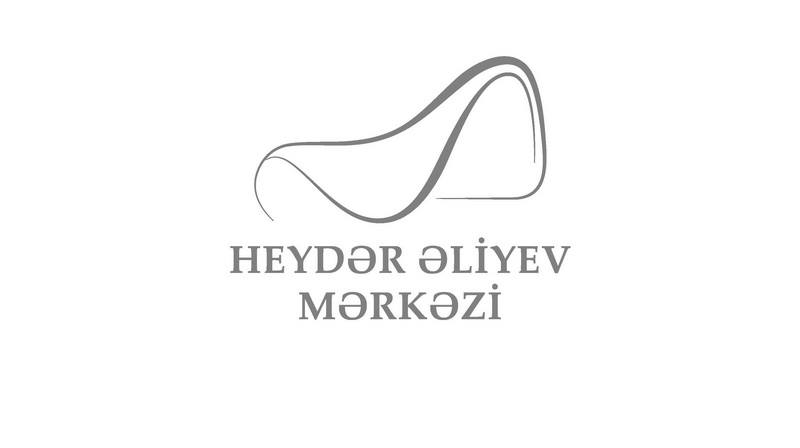Horror of Khojaly comes to the bastion of neutrality

The horrors of the Khojaly Massacre – the worst single atrocity of the ongoing Armenian–Azerbaijani conflict over Nagorno-Karabakh that claimed the lives of 613 civilians – were highlighted during a landmark event in Geneva on 13 October, attended by 120 diplomats, representatives of NGOs, researchers and members of the Azerbaijani diaspora.
This was jointly organised at the Grand Hotel Kempinski by the Azerbaijani Permanent Mission to the UN Office and Other International Organisations in Geneva and the Paris branch of The European Azerbaijan Society (TEAS). The death toll of the Khojaly Massacre on 26 February 1992 included 106 women, 63 children and 70 elderly people.
This commemorative event comprised a screening of the award-winning independent documentary Endless Corridor and the Swiss launch of the book Khojaly Witness of a War Crime – Armenia in the Dock, a landmark TEAS Press publication.
Ambassador Vaqif Sadiqov, Permanent Representative of the Azerbaijani Mission to the UN Office and Other International Organizations in Geneva, commented: “Endless Corridor is not a conventional type of documentary and does not deal with statistics, but instead touches upon the soul of the people impacted by the war. Every death has a personal story behind it. This film tells the stories of some of those who escaped the Azerbaijani town of Khojaly. In one night, the town was wiped out. The massacre coincided with the genocides in Srebrenica and Rwanda, and largely went unnoticed by the international community. I recall the visits of reporters for Reuters, AFP, Human Rights Watch and the New York Times who investigated Khojaly and tried to bring it to the attention of the public.
“The negotiations have continued for 25 years. I joined the Azerbaijani diplomatic service just after these started, and I will retire quite soon, yet the process continues. TEAS is doing a marvellous job in putting Azerbaijan on the radar screen of the world, and I express my gratitude as an Azerbaijani citizen.”
Marie-Laetitia Gourdin, Director, TEAS France, said: “One of the military leaders at the time was Serzh Sargsyan, the current Armenian President. This massacre is not yet recognised by the Armenian side, but there is indisputable proof that it occurred. At TEAS, we think that it is only by remembering and recognising that which happened, that a negotiated peace can be reached.
“Let’s remember the Khojaly victims, and all victims of past and current wars. We hope that, in the near future, a settlement can be achieved – a peaceful solution that would be fair in light of international law, and could allow Armenia and Azerbaijan to live peacefully, as neighbours.”
Lithuanian war reporter Ricardas Lapaitis painfully recalled: “I am the living witness of these terrible events that still haunt me and changed my destiny. At Agdam Mosque, I saw the victims as they were brought in. Many of the dead were without shoes. The head of one dead girl showed signs of burns and bullet wounds. One six-year-old girl had part of her head missing, and there was a deep wound below her waist. Some of the dead displayed signs of torture, including broken teeth, cut fingers and ears. Doctors said they had treated girls aged 13–16 years who had been raped. Many Khojaly victims suffered amputations, or had been shot.
“The Armenians and their accomplices who participated the Khojaly Massacre were in contravention of the Geneva Convention and the Universal Declaration of Human Rights, the Declaration of the Rights of the Child, Declaration on the Protection of Women and Children in Emergencies and Armed Conflicts and many other articles adopted by the UN General Assembly.
“There should be a trial at the International Criminal Court of The Hague to judge those responsible for the Khojaly Massacre. The criminals include Serzh Sargsyan, the current Armenian President and Seyran Oganyan, Armenian Defense Minister. The Khojaly inhabitants now live in camps across the 48 Azerbaijani regions, and await the cessation of Armenian aggression. I regularly visit the areas near the ‘contact line’ between Azerbaijan and the territories occupied by Armenia. Night attacks, sabotage, and the burning of houses and agricultural land by the Armenian military continues to this day, as does firing on schools.”
Ian Peart, who co-edited Khojaly Witness of a War Crime – Armenia in the Dock in collaboration with the late Scottish writer Fiona Maclachlan recalled: “For me, the testimony of Yasemen Hasanova was the most powerful. She was 12 years old at the time. The attacks that had continued for six months took on a different character in February 1992. Yasemen’s father was part of the local defence force that had expected an attack. It soon became clear that survival was only possible if they escaped. Her mother refused to leave without her husband, so Yasemen escaped Khojaly with her uncle. After passing through streams and snow-covered forests, they came to a clearing, and were met by a hail of bullets. Yasemen survived, physically unscathed.
“The body of Yasemen’s father was only found some years later. He is now buried in Martyrs’ Lane, overlooking Baku, as a national hero. The fate of her mother was unclear for some years, and she feared that she had been taken hostage by the Armenians. She then saw some television footage and recognised her mother’s body lying in their garden, near the well. Yasmen said: ‘I never thought any daughter would be glad that her mother was dead. At least, she had not been tortured by the Armenians.’
“Yasemen is now a teacher in a school for Khojaly survivors. When I asked her what she tells her pupils about Khojaly, she replies: ‘I tell them how beautiful Khojaly was’. The book is as objective as possible, and contains reports from foreign media, together with analysis from foreign academics and human rights activists.”
Mr Peart then read the text of UN Security Council resolution 822 – one of the four resolutions stressing the need for immediate Armenian withdrawal from the occupied territories. He concluded: “This demand for the withdrawal of Armenian troops was passed in 1993. I ask those working for the UN who are present tonight – what is the value of a UN Security Council demand?”




















